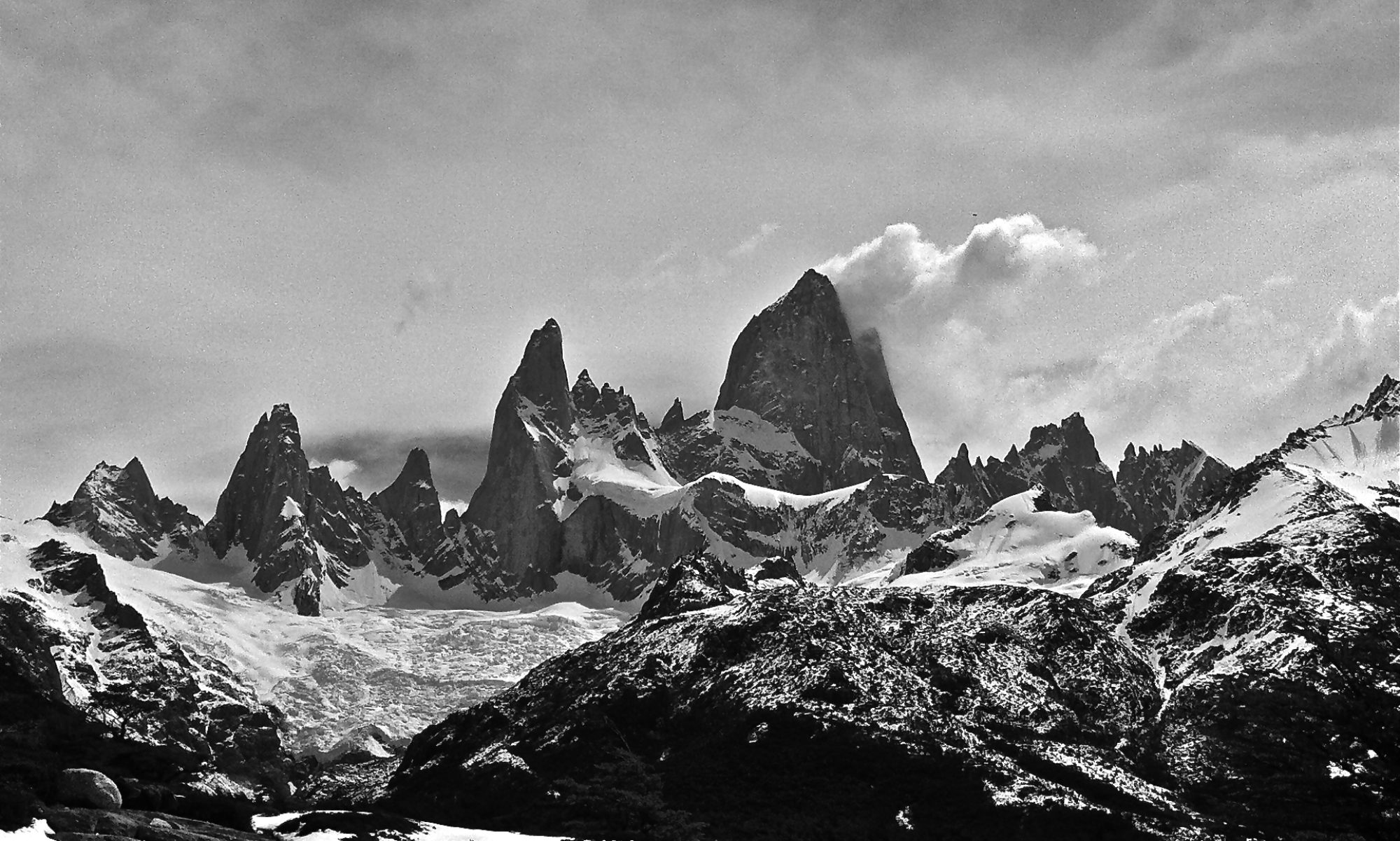LeBron James is approaching a .500 career FG%. This is remarkable considering how far from .500 he was at one point in his career.
I have game-by-game data (not shot-by-shot). Let’s start with:
- He was last above .500 after two career games (20 for 37). Warning: small sample size!
- His lowest career shooting shooting % came through 20 career games (.3988)
Here’s how his career FG% has progressed game by game.

But I would not consider game 20 with a .399 FG% to be his career low point relative to shooting .500. Far from it! A 40% shooter through just 20 games is much closer to .500 than a 47% shooter through 500 games (on a similar volume of shots/game). Here’s how I measure how “close” a player is to a .500 shooting percentage. Look at each game by shots above/below .500 (e.g. 12 for 20 is two shots above .500; 6 for 17 is 2.5 shots below .500). I’ll call this “.500 FG% +/-” or simply “+/-” for short.
By this measure we can evaluate each game:
- Best game: +6 (13 for 14 in career game 734)
- Worst game: -7 (3 for 20 in career game 140)
We can also measure how far above or below .500 a player is by +/- after each game. While LeBron was at his lowest career shooting percentage through 20 games, his +/- was only -32.5 at that point. He’d need to make 65 consecutive shots to get back to .500. When we look at his cumulative career +/- after each game, we find:
- Highest career +/-: +2 (after game 1 – warning small sample size!)
- Lowest career +/-: -309 (after game 591)
At that point, he needed to make 618 consecutive shots to get to .500. That’s much further away than 65 shots! I doubt any NBA player has ever dug out of such a big hole to become a .500 FG% shooter. (This could be a fun study for folks with the data – I’m looking at you STATS guys…)
Take a look at each season and his career +/- at the end of each season:
Career Career Season FGM FGA FG% +/- FG% +/- 03-04 622 1492 .417 -124 .417 -124 04-05 795 1684 .472 - 47 .446 -171 05-06 875 1823 .480 - 36.5 .458 -207.5 06-07 772 1621 .476 - 38.5 .463 -246 07-08 794 1642 .484 - 27 .467 -273 08-09 789 1613 .489 - 17.5 .471 -290.5 09-10 768 1528 .503 + 4 .475 -286.5 10-11 758 1485 .510 + 15.5 .479 -271 11-12 621 1169 .531 + 36.5 .483 -234.5 12-13 765 1354 .565 + 88 .490 -146.5 13-14 767 1353 .567 + 90.5 .497 - 56 14-15 624 1279 .488 - 15.5 .496 - 71.5 15-16 737 1416 .520 + 29 .498 - 42.5 16-17 462 868 .532 + 28 .499 - 14.5
Though it looks like the low point of -309 came in 08-09 or 09-10, it actually came after a 7-24 performance in the 43rd game of 10-11 season. He was much better in the second half of that season.
Here’s how his career FG .500 +/- has progressed game by game.

First of all, the turnaround after the low point during the 10-11 season is really dramatic. Lebron was remarkably efficient over the next three and a half seasons.
After 13-14, it looked like he’d get to .500 in the second half of 14-15. But with a new team, new coach and new teammates, LeBron took a step back in 14-15. At that point, I figured he’d never make it; the aging process means his shooting efficiency is bound to fall off at some point. But he got back on the plus side of the ledger in 15-16, and has been even better so far in 16-17.
He is currently the closest he’s been to .500 by +/- since career game 13 (-12). He’s -14.5 with a career mark of .4993. With 8 consecutive makes he’ll move above .4995 which rounds to .500. But he needs 29 consecutive makes to truly get to .500.
How long will it take? Well, he’s made up 14.5 shots in just his last 9 games going a torrid 94 for 159. It certainly looks like he’ll get there before the end of the season.
UPDATE: LeBron finished the 16-17 season as a career .501 shooter. Here are the numbers through the end of the season:
UPDATE: LeBron finished the 17-18 season as a career .504 shooter.
Career Career Season FGM FGA FG% +/- FG% +/- 03-04 622 1492 .417 -124 .417 -124 04-05 795 1684 .472 - 47 .446 -171 05-06 875 1823 .480 - 36.5 .458 -207.5 06-07 772 1621 .476 - 38.5 .463 -246 07-08 794 1642 .484 - 27 .467 -273 08-09 789 1613 .489 - 17.5 .471 -290.5 09-10 768 1528 .503 + 4 .475 -286.5 10-11 758 1485 .510 + 15.5 .479 -271 11-12 621 1169 .531 + 36.5 .483 -234.5 12-13 765 1354 .565 + 88 .490 -146.5 13-14 767 1353 .567 + 90.5 .497 - 56 14-15 624 1279 .488 - 15.5 .496 - 71.5 15-16 737 1416 .520 + 29 .498 - 42.5 16-17 736 1344 .548 + 64 .501 + 22.5 17-18 857 1580 .542 + 67 .504 + 89.5








































